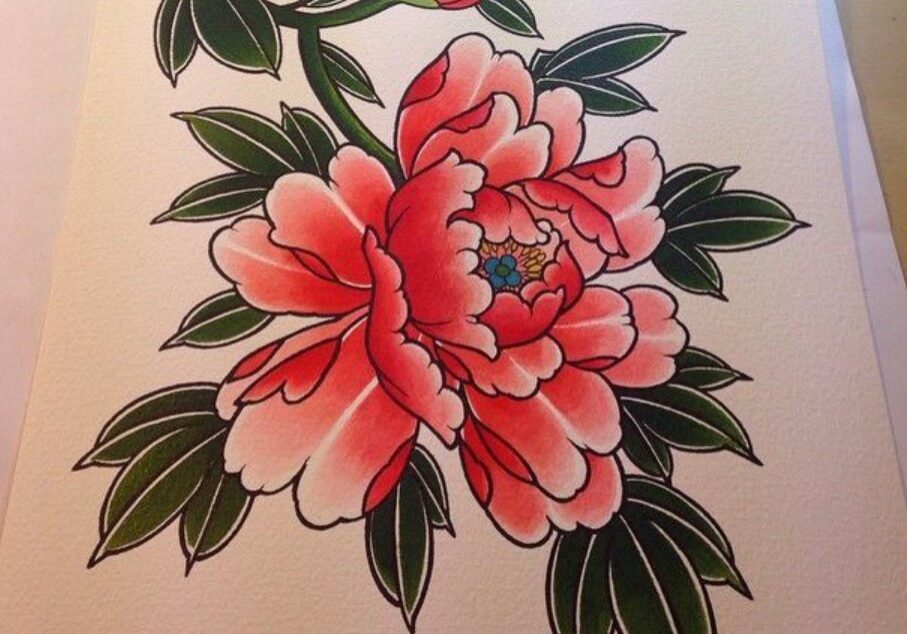
Peonies
The peony or paeony (/ˈpiːəni/) is any flowering plant in the genus Paeonia, the only genus in the family Paeoniaceae. Peonies are native to Asia, Europe, and Western North America. Scientists differ on the number of species that can be distinguished, ranging from 25 to 40, although the current consensus describes 33 known species. The relationships between the species need to be further clarified.
Most are herbaceous perennial plants 0.25–1 metre (1–3 ft) tall, but some are woody shrubs 0.25–3.5 metres (1–11 ft) tall. They have compound, deeply lobed leaves and large, often fragrant flowers, in colors ranging from purple and pink to red, white or yellow, in late spring and early summer. The flowers have a short blooming season, usually lasting for only 7–10 days.
Peonies are popular garden plants in temperate regions. Herbaceous peonies are also sold as cut flowers on a large scale, although they generally are only available in late spring and early summer.
Botany
Study of Peonies
Peony leaves are arranged alternately, meaning there is one leaf per node on the stem. The leaves are compound, meaning they are made up of two or more leaflets. The edges of the leaf blade have lobes or both teeth and lobes.
Peonies produce large, single and double flowers in late spring and early summer. The flowers can be white, pink, rose, and deep crimson in color. The flowers grow in a wide range of forms and colors.
Peonies can be deciduous shrubs or perennial herbaceous plants. Herbaceous peonies can grow to a height of almost 1 meter (about 3 feet).


Teas and Peony water
In China, the fallen petals of Paeonia lactiflora are parboiled and sweetened as a tea-time delicacy. Peony water, an infusion of peony petals, was used for drinking in the Middle Ages. The petals may be added to salads or to punches and lemonades.

asian culture
History of China
Portrait of a peony by Chinese artist Yun Shouping, 17th century
The peony is among the longest-used flowers in Eastern culture. Along with the plum blossom, it is a traditional floral symbol of China, where the Paeonia suffruticosa is called 牡丹 (mǔdān). It is also known as 富貴花 (fùguìhuā) "flower of riches and honour" or 花王 (huawang) "king of the flowers", and is used symbolically in Chinese art.
In 1903, the Qing dynasty declared the peony as the national flower. Currently, the Republic of China government in Taiwan designates the plum blossom as the national flower, while the People's Republic of China government has no legally designated national flower. In 1994, the peony was proposed as the national flower after a nationwide poll, but the National People's Congress failed to ratify the selection. In 2003, another selection process was initiated, but no choice has been made to date.
The ancient Chinese city Luoyang has a reputation as a cultivation centre for the peonies.
Throughout Chinese history, peonies in Luoyang have been said to be the finest in the country. Dozens of peony exhibitions and shows are still held there annually.
western history
The Greek doctor Dioscorides named aglaophotis, an herb supposedly capable of warding off certain evils, as a member of the peony family.
In the Middle Ages, peonies were often painted with their ripe seed-capsules, since it was the seeds, not the flowers, which were medically significant.[43] Ancient superstition dictated that great care be taken not to be seen by a woodpecker while picking the plant's fruit, or the bird might peck out one's eyes.
The red flowers of the species Paeonia peregrina are important in Serbian folklore. Known as Kosovo peonies (Serbian: косовски божур, kosovski božur), they are said to represent the blood of Serbian warriors who died in the Battle of Kosovo.


Indiana history
In 1957, the Indiana General Assembly passed a law to make the peony the state flower of Indiana, a title which it holds to this day. It replaced the zinnia, which had been the state flower since 1931.
Mischievous nymphs were said to hide in the petals of the peony, giving it the meaning of Shame or Bashfulness in the Language of Flowers.

arts
Famous painters of Peonies
Famous painters of peonies have included Conrad Gessner (ca. 1550) and Auguste Renoir in 1879. Paeonia officinalis can be found in the altar picture of Maria im Rosenhag by Schongauer in the former Dominican Church in Colmar. The Italian Jesuit, painter and architect Giuseppe Castiglione (1688-1766), who worked at the court of the Qianlong Emperor in the Qing dynasty, also painted peonies.












